Travel through the Kootenays and you’ll see plenty of signs of British Columbia’s past.

Old smelters from when southeastern B.C. was a centre of the silver industry, sternwheelers and Victorian-era homes that have been preserved for over a century. Decades-old trolleybuses from Vancouver that sit in an abandoned city.
That last one takes a bit of explaining.
For close to 40 years, around 300 Brill trolleys drove the streets of Vancouver, powering the city’s transit system, before they were taken out of commission in the mid 1980s.
So why are eight of them in the ghost town of Sandon, 700 kilometres away?
“I’ve been involved in a lot of heritage projects,” says Hal Wright, who is the caretaker not only of the buses, but of the entire town.
Sandon, located between New Denver and Kaslo, was once the centre of commerce in the region, but was largely abandoned after a 1955 flood.
Wright and his family moved in 20 years ago, and since then he’s preserved the town’s original city hall, fire station and hydro-electric plant – the oldest continually operating one in Western Canada.
But back to the trolleys. In 2001, hundreds of them were slated for a scrap heap in Richmond after the auto parts yard they had sat in was sold.

Get breaking National news
A group of transit enthusiasts knew the buses would be vandalized and stripped for parts if they were unsupervised in the Lower Mainland. And they also knew that Wright enjoyed refurbishing old vehicles.
Eventually, 13 of them made their way to the Kootenay town. Visit the town, and you’ll see signs on them reading Main, Granville, Broadway and Alma.
- Fulmer says B.C. Conservatives must be a grand coalition as he enters leadership race
- Victoria store owner frustrated with 911 services, says he’s been hung up on
- ‘It’s two worlds’: Bizarre Surrey shooting incident caught on video
- B.C. to undertake trade mission to India, a ‘key market’ for province, Eby says
“We were in a position to look after them for the people of the country in a way that couldn’t happen in Vancouver, where they would be wrecked by copper thieves,” said Wright.
“We brought them up thinking they would be sort of a halfway house.”
Instead, the majority of them have sat in Sandon for 13 years. While Wright has sold a few to museums over the years, he’s been unable to convince Translink or any other organization to take on the cost of refurbishing and housing them.
“Every one of them could be refurbished,” says Wright.
“It conforms with all the ideals of reuse and sustainability. My object is to keep that opportunity alive until it happens, and I sincerely hope that it happens. I hope one day a politician will say that’s a great concept. It doesn’t have to be Vancouver, there’s no reason why another community that’s green energy conscious and historically conscious couldn’t do exactly the same thing.”
But Dale Laird of B.C.’s Transit Museum Society says there’s simply not a business model that supports Wright’s view.
“Whenever historic stuff is proposed, people say you’re wasting money, you should be putting more money to buses on the B-Line,” he says.
“The current feeling at Translink with the decision makers is there’s very little support for that sort of thing,” said Laird.
Laird says the society already has two Brill buses and there’s no need for extra ones. And moving them to a country that would find them usable probably isn’t in the cards either.
“They couldn’t afford to get them to the other side of the world. They’re 90% worn out. The runners, the motors, the wheel bearing, they all need replacing,” said Laid.
“They’re not going to last much longer. It’s nice to dream, but no.”
And so they stay in Sandon. Ghost buses, in a ghost town.
“Ghost Town Mysteries” is a semi-regular online series exploring some of the strange sights from B.C.’s past.

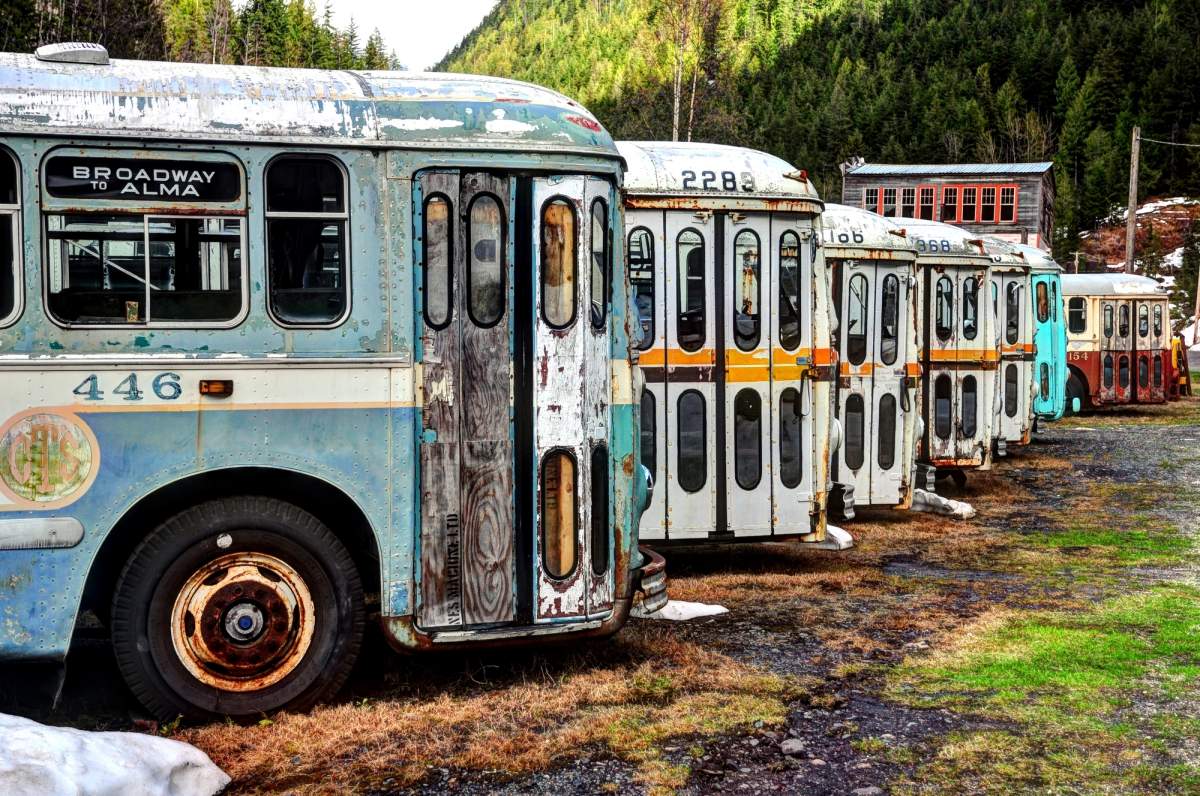

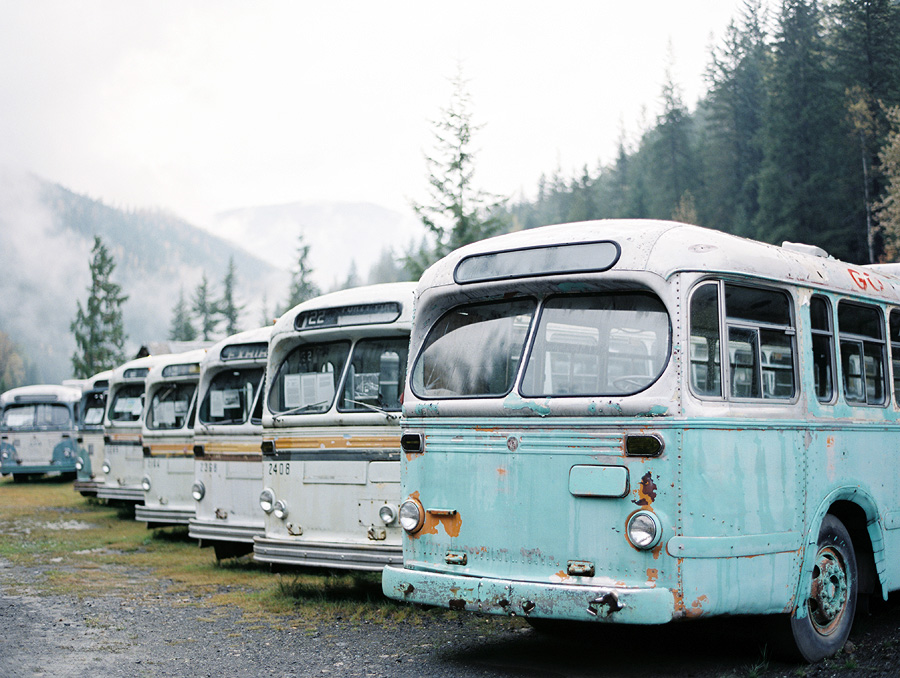

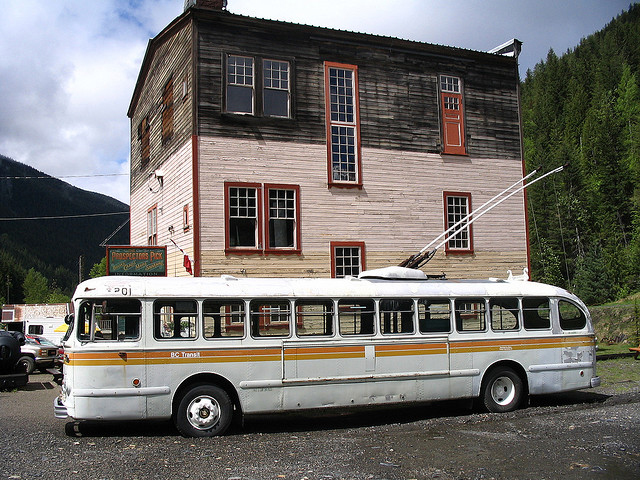







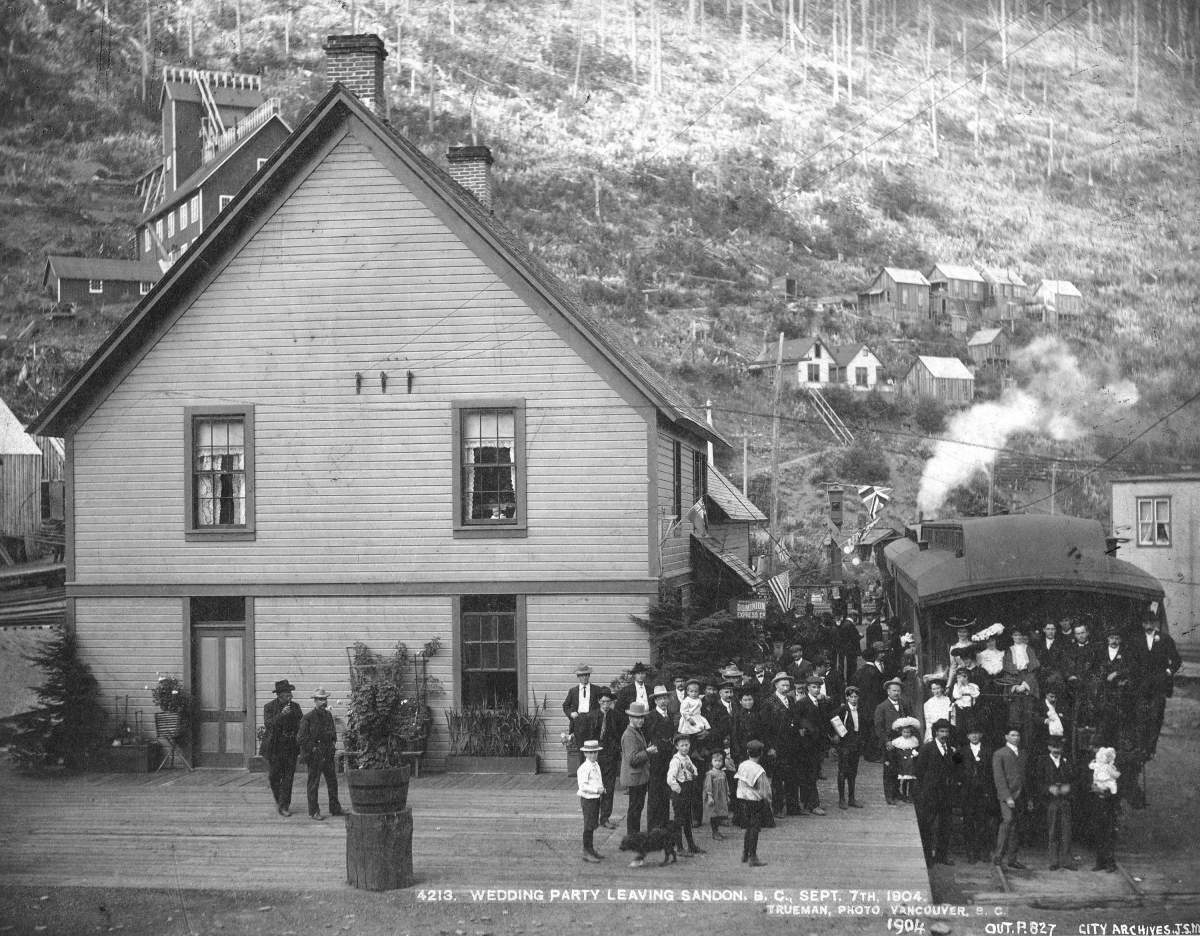

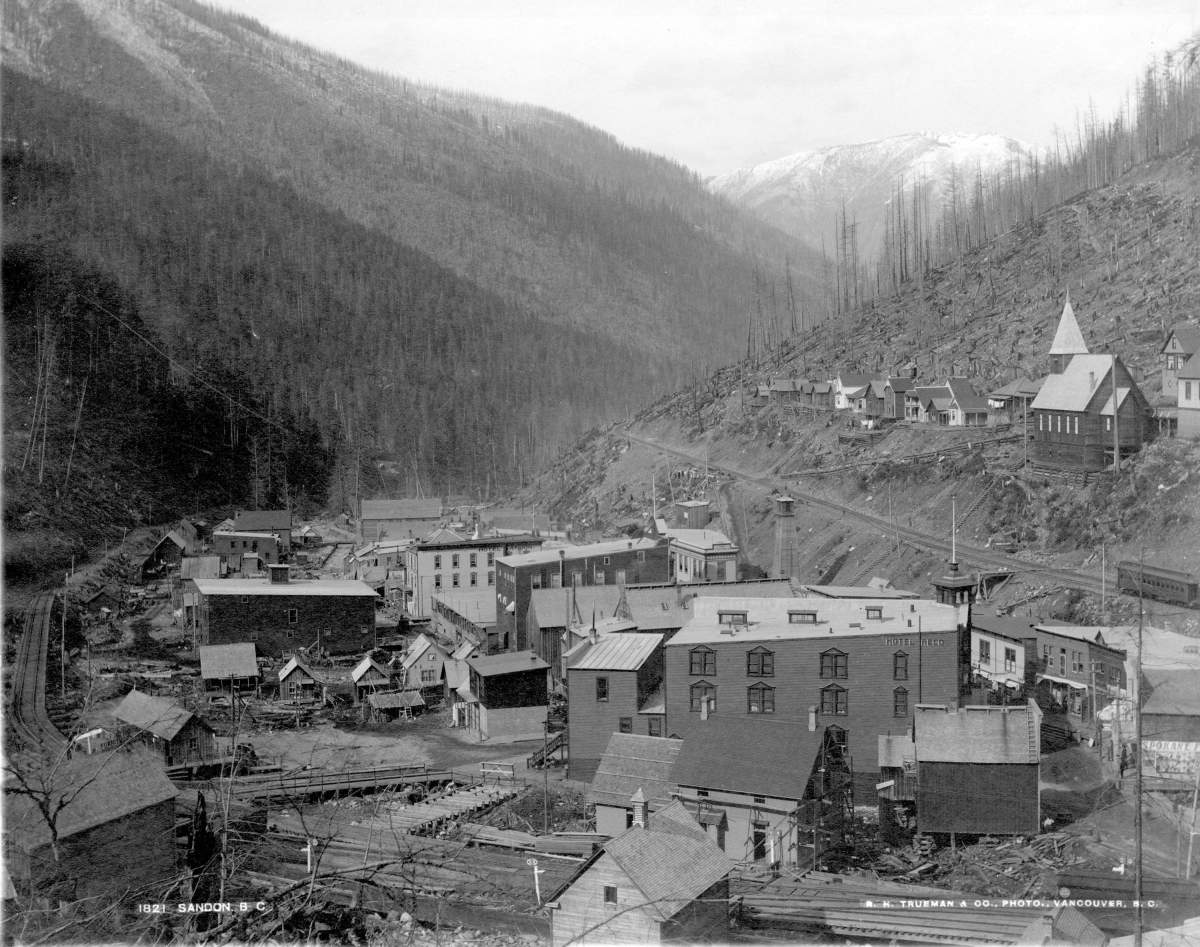

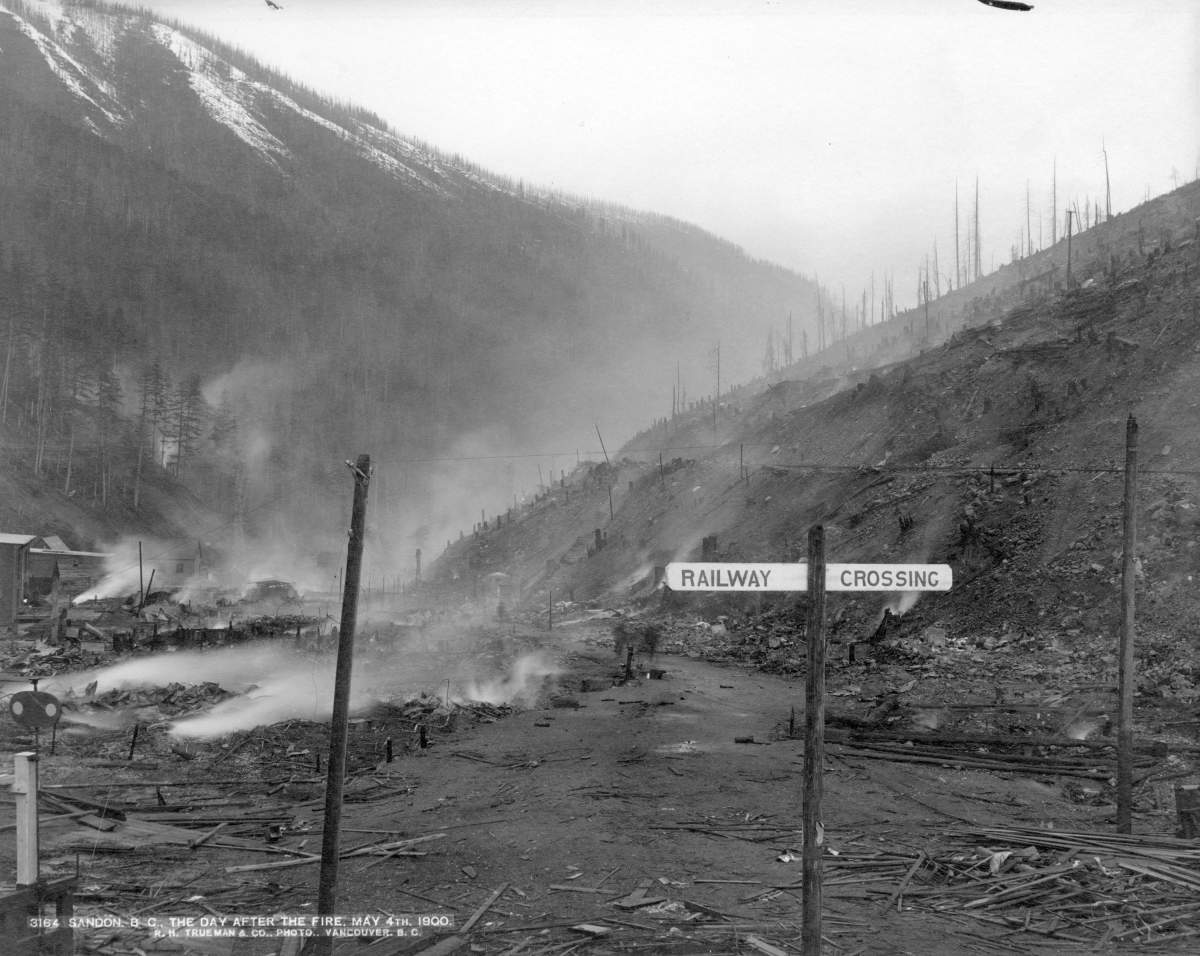







Comments